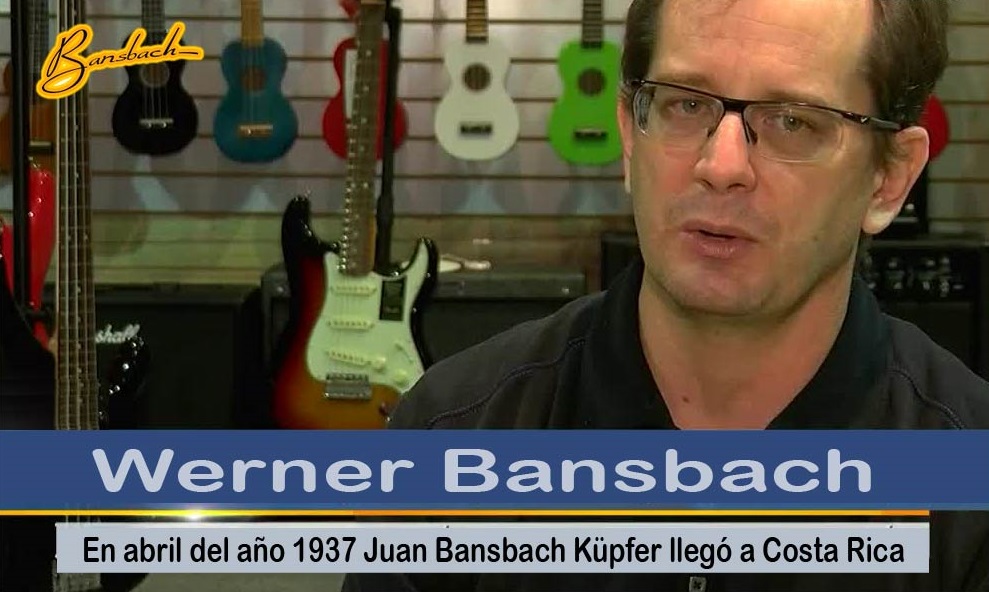Later, due to the complications of the Second World War, Juan Bansbach he was renamed don Juan because people called him that: don Juan. That is how the name of the company Juan Bansbach Musical Instruments is born.
Doña Hilda had a fundamental performance during that time. It happened that the time came when the Germans were deported to the United States, as prisoners of war. Don Juan spent several years there, so Werner Bansbach's grandmother, Doña Hilda, took care of the children and everything related to the company. With much support from the German colony, she pulled through. Later, when don Juan returned, they resumed life together and the projects they had brought and continued to build the company.
Today Bansbach is much more than a musical instrument store as is visible on its websites. Many infant students carry a flute in their pack. Those who are part of our flute project start with the "flauta dulce"; This is how fingering, embouchure, posture, breathing, and reading are learned when using a musical tool as cheap as the flute. So once they learn to play the flute, it's easy to move on to the clarinet, or it's easy to move on to the saxophone and other instruments; because many of the bases are already built from the "flauta dulce".
Collaterally, employees of the Bansbach team help people find and facilitate the process of learning the musical instrument of your choice. Thus, through music, Bansbach have made and continue to make their musical contribution, which also includes a philosophy of life in a world full of harmonies.























